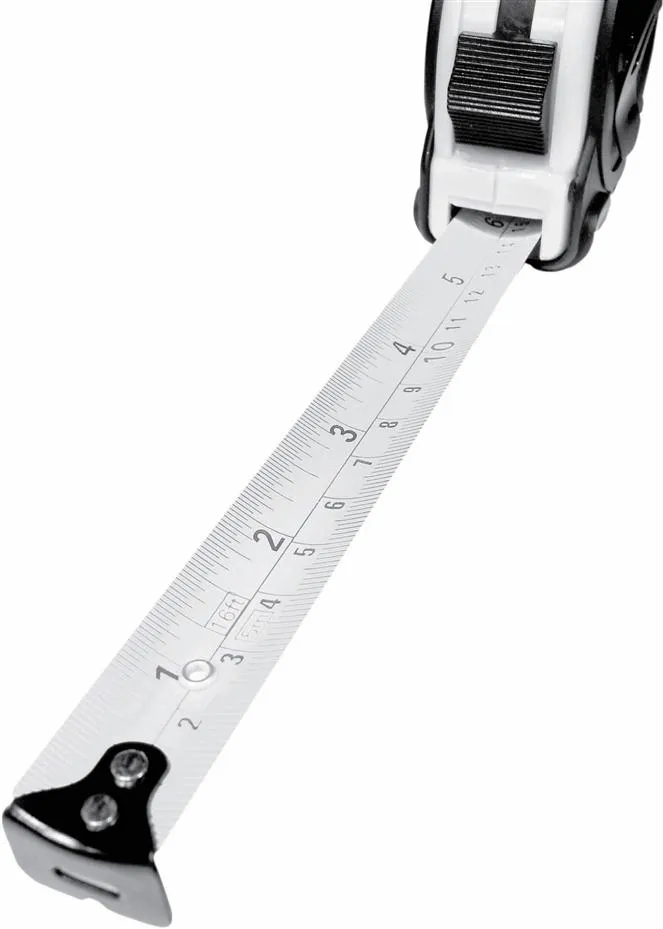
eBook - ePub
CCTV
From Light to Pixels
Vlado Damjanovski
This is a test
- 616 pages
- English
- ePUB (adapté aux mobiles)
- Disponible sur iOS et Android
eBook - ePub
CCTV
From Light to Pixels
Vlado Damjanovski
Détails du livre
Aperçu du livre
Table des matières
Citations
À propos de ce livre
The new edition of CCTV, a high-level professional reference, is expanded to cover all video compression techniques used in the ever-increasing assortment of digital video recorders (DVRs) available on the market today. In addition to demystifying DVR technology, the third edition also clarifies the technology of data networking and explains various compression techniques. Along with all this, the book retains the particulars that made the previous editions convenient and valuable, including details of CCD cameras, lenses, coaxial cables, fiber-optics, and system design.
- Updated to address digital techniques, networking, and the Internet in closed-circuit television
- Includes brand new sections on CCTV networking, digital video recorders (DVRs), various video compression techniques, and understanding pixels and digital image quality
- Fully illustrated with dozens of photographs, tables, checklists, charts, diagrams, and instructions
Foire aux questions
Comment puis-je résilier mon abonnement ?
Il vous suffit de vous rendre dans la section compte dans paramètres et de cliquer sur « Résilier l’abonnement ». C’est aussi simple que cela ! Une fois que vous aurez résilié votre abonnement, il restera actif pour le reste de la période pour laquelle vous avez payé. Découvrez-en plus ici.
Puis-je / comment puis-je télécharger des livres ?
Pour le moment, tous nos livres en format ePub adaptés aux mobiles peuvent être téléchargés via l’application. La plupart de nos PDF sont également disponibles en téléchargement et les autres seront téléchargeables très prochainement. Découvrez-en plus ici.
Quelle est la différence entre les formules tarifaires ?
Les deux abonnements vous donnent un accès complet à la bibliothèque et à toutes les fonctionnalités de Perlego. Les seules différences sont les tarifs ainsi que la période d’abonnement : avec l’abonnement annuel, vous économiserez environ 30 % par rapport à 12 mois d’abonnement mensuel.
Qu’est-ce que Perlego ?
Nous sommes un service d’abonnement à des ouvrages universitaires en ligne, où vous pouvez accéder à toute une bibliothèque pour un prix inférieur à celui d’un seul livre par mois. Avec plus d’un million de livres sur plus de 1 000 sujets, nous avons ce qu’il vous faut ! Découvrez-en plus ici.
Prenez-vous en charge la synthèse vocale ?
Recherchez le symbole Écouter sur votre prochain livre pour voir si vous pouvez l’écouter. L’outil Écouter lit le texte à haute voix pour vous, en surlignant le passage qui est en cours de lecture. Vous pouvez le mettre sur pause, l’accélérer ou le ralentir. Découvrez-en plus ici.
Est-ce que CCTV est un PDF/ePUB en ligne ?
Oui, vous pouvez accéder à CCTV par Vlado Damjanovski en format PDF et/ou ePUB ainsi qu’à d’autres livres populaires dans Computer Science et Computer Vision & Pattern Recognition. Nous disposons de plus d’un million d’ouvrages à découvrir dans notre catalogue.
Informations
1
SI Units of Measurement
Abstract
The Laws of Physics are expressions of fundamental relationships between certain physical quantities. Measurements are made by comparing the magnitude of a quantity with that of a given unit of that quantity. In physics, which Electronics and Television are a part of, the International system of units, known as SI (from the French SystèmeInternationale), is used.
Key Words
basic unit; derived unit; International system of units; metric prefix

The basic units
The laws of physics are expressions of fundamental relationships between certain physical quantities.
There are many different quantities in physics. In order to simplify measurement and to comply with the theory of physics, some of them are taken as basic quantities, while all others are derived from those basic ones.
Measurements are made by comparing the magnitude of a quantity with that of a given unit of that quantity.
In physics, of which electronics and television are a part, the International System of Units, known as SI (from the French Système Internationale), is used.
The following are the seven basic units:
| Unit | Symbol | Measures |
| Meter | [m] | length |
| Kilogram | [kg] | mass |
| Second | [s] | time |
| Ampere | [A] | electric current |
| Kelvin | [K] | temperature |
| Candela | [cd] | luminous intensity |
| Mole | [mol] | amount of substance |
These basic units are defined by internationally recognized standards.
The standard for meter, for example, was defined as a certain number of wavelengths of a specific radiation in the spectrum of krypton until 1983. In October 1983 it was redefined as the distance that light travels in vacuum during a time of 1/299,792,458 second.
The standard of kilogram, for example, is the mass of a particular piece of platinum-iridium alloy cylinder kept at the International Bureau of Weights and Measurements in Sèvres, France.
The basic unit of time, the second, was defined in 1967, as a “time required for a Cesium-133 atom to undergo 9,192,631,770 vibrations.”
Kelvin degrees have the same scale division as Celsius degrees, only that the starting point of 0° K is equivalent to − 273° C; this is called the absolute zero.
All other units in physics are defined with some combination of the above-mentioned basic units. For example, an area of a block of land is defined by the equation:

where a is the width of the block of land, and b is the length. If both a and b are expressed in meters [m], the product P will be expressed in [m2]. We should mention that in mathematics the multiplication is not always represented with the × sign as above, but very often a dot • is used in between the factors being multiplied, or sometimes even without a symbol at all.
We all know that speed, for example, is defined as [m/s], although we quite often use [km/h]. We can easily convert [km/h] into [m/s] by knowing ...
Table des matières
- Cover image
- Title page
- Table of Contents
- Copyright
- Preface to this edition
- Introduction
- 1. SI Units of Measurement
- 2. Light and Television
- 3. Optics in CCTV
- 4. General About TV Systems
- 5. CCTV Cameras
- 6. Displays
- 7. Analog Video Processing
- 8. Digital CCTV
- 9. Video Management Systems
- 10. Transmission Media
- 11. Networking in CCTV
- 12. Auxiliary Equipment in CCTV
- 13. CCTV System Design
- 14. Video Testing
- Appendix A
- Appendix B
- Appendix C
- Appendix D
- Index
Normes de citation pour CCTV
APA 6 Citation
Damjanovski, V. (2013). CCTV (3rd ed.). Elsevier Science. Retrieved from https://www.perlego.com/book/1831366/cctv-from-light-to-pixels-pdf (Original work published 2013)
Chicago Citation
Damjanovski, Vlado. (2013) 2013. CCTV. 3rd ed. Elsevier Science. https://www.perlego.com/book/1831366/cctv-from-light-to-pixels-pdf.
Harvard Citation
Damjanovski, V. (2013) CCTV. 3rd edn. Elsevier Science. Available at: https://www.perlego.com/book/1831366/cctv-from-light-to-pixels-pdf (Accessed: 15 October 2022).
MLA 7 Citation
Damjanovski, Vlado. CCTV. 3rd ed. Elsevier Science, 2013. Web. 15 Oct. 2022.